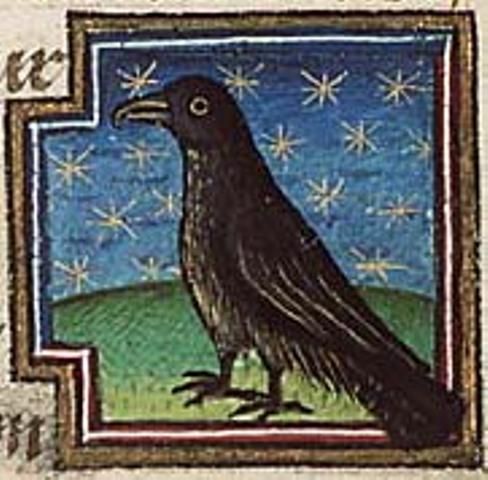















Historia Brittonum
The history of Britain which, in some versions, claims to be by Nennius. The earliest version, Chartres 98, claims the author is Rhun ap Urien, who certainly would have lived at the time of the majority of the history (i.e. the sixth century). Rhun, if he did write a history, may have provided many of the elements of the history later synthesized by Nennius.
Contents
Due to the sometimes fragmentary nature of the manuscripts, the contents--and even author--varies. Each manuscript has something lacking in the others, leaving scholars unable to reconstruct an original version. Hense, editions of HB contain conflations.
In the Harleian MS 3859
In the Momsen edition, relying on mss XXXX, the text is divided into seven sections:
Lebor na hUidre's edition lacks the beginning
Sources
We know of at least one written Saxon source used by the author, the so-called "Northern History", dated to 796, not long before the assumed date of writing. Indeed, it may be in response to the Northern History.
Manuscripts
There are at least thirty-five Latin manuscripts of the work, plus one Irish translation found in five manuscripts. The most important surviving copies of the HB are as follows:
Latin:
Irish:
The earliest version of Historia Brittonum is the Chartres 98, believed to have been written for Merfyn Frych of Manaw (Man) around the year 900, when Maelgwn Gwynedd's line died out. (Another of Maelgwn's line survived in the Pictish monarchy.)
Manuscript 3859 of the Harley collection--otherwise known as Harleian 3859--is an important document, containing the version of Nennius' Historia Brittonum which identifies the author as Nennius. It also contains the Annales Cambriae (i.e. "The Welsh Annals"), as well as a large collection of genealogies, stretching from Adam to Owain ap Hywel Dda. Some date the Harleian MS. to 1100, believing that it was based on a document written around 954 for for the house of Hywel Dda; this would make sense, as the genealogies end with Hywel. However, certain elements, such as the Historia, are thought to date back to 796.
The version of HB in this manuscript is the only complete form, but misses the prologue; it is one of only two versions which contains sections 57 through 66, containing the "Wonders of Britain" section, wherein we find an early version of "Culhwch and Olwen", namely the hunt for Twrch Trwynt. This manuscript is usually dated to the 11th century, which is prior to Geoffrey of Monmouth's Historia in the 12th. The importance of this--and the fact that the earliest version of the HB can be dated to around 902--shows that Geoffrey was not purely inventing much of his history: Brutus is here, as is Vortigern and the story of Merlin and the dragons (though here "Merlin" is Ambrosius). It also references Beli Mawr, Taliesin, Brutus, and most famously King Arthur.

Back to "H" | Back to JCE
Home
Mary Jones © 2004